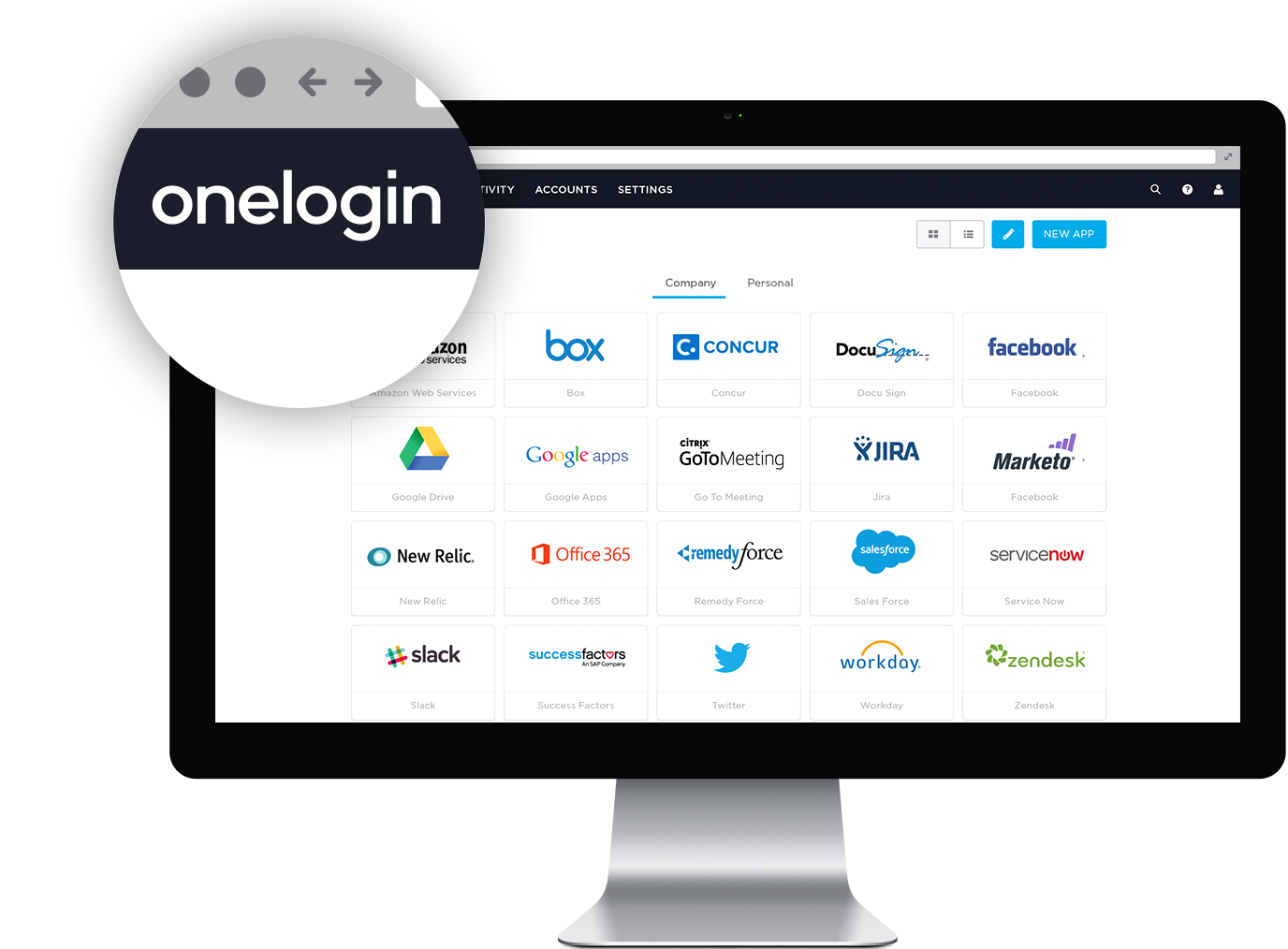
Defining Single Sign-On
Single Sign-On (SSO) is a software that allows users to log in with only one set of login credentials – for example, one username and password – so they can easily access a whole host of applications. SSO can work on any browser or device, and makes it easier for users to use several different programs or websites without having to type in several different usernames and passwords.

Why is Single Sign-On Important?
Single Sign-On helps companies be more productive, and save both time and money.
On the user side, SSO saves time and energy because users do not have to repeatedly log into multiple applications. This provides a streamlined user experience, and makes it less likely for the software to experience account access problems due to having to juggle many different passwords and user accounts.
Single Sign-On is also great for admins. It saves administrators and technical helpdesk staff time by reducing the number of tickets sent to the helpdesk regarding access issues such as misplaced or forgotten passwords.
How does Single Sign-On Work?
OneLogin Single Sign-On uses Security Assertion Markup Language (SAML) to simplify the login process. SAML takes advantage of concepts in cryptography to distribute tokens from OneLogin to different applications, granting application access in a manner that does not involve passwords. SAML is the foundation of OneLogin SSO technology and is a great way to secure employees’ logins.
Where do I start?
OneLogin is the world’s leading Unified Access Management solution. Over 2,000 enterprises from around the globe trust OneLogin with securing their app data.

Click here to get your free Single Sign-On demo, and see if OneLogin is a fit for your organization.

